Implementing the Fisheries Development Strategy and the Fisheries Transformation Project, many aquaculture models have achieved high economic efficiency, of which, Rang Dong Fisheries Cooperative (Ben Tre) earned 65 billion VND. However, it still faces many difficulties and limitations when there are still large numbers of fishing vessels, destructive fishing methods...
On December 13, the Department of Fisheries (Ministry of Agriculture and Rural Development) held a Conference on the Implementation of the Plan "Reducing exploitation, strengthening fishing vessel management and promoting aquaculture, creating livelihoods for fishermen" to evaluate the results of the implementation of the plan to reduce exploitation, strengthen fishing vessel management and promote aquaculture, creating livelihoods for fishermen.
Reduce exploitation, increase farming and change livelihoods
At the Conference, Mr. Vu Duyen Hai, Deputy Director of the Department of Fisheries, assessed that after more than 3 years of implementing the Fisheries Development Strategy and nearly 2 years of implementing the Occupation Conversion Project, authorities at all levels and economic sectors have developed and issued plans to implement the strategy, the Occupation Conversion Project and implemented a number of livelihood conversion models in coastal fishing communities in the direction of reducing exploitation, increasing aquaculture and promoting marine conservation, protecting and developing aquatic resources.
Accordingly, 28 coastal provinces and cities, and the Departments of Agriculture and Rural Development have seriously implemented the policy of temporarily suspending the issuance of approval documents for the construction, conversion, leasing, and purchase of fishing vessels for fishing vessels engaged in prohibited occupations or occupations with limited development according to the provisions of law; temporarily suspending the issuance of fishing licenses for converted and newly built vessels without approval documents for the construction or conversion of fishing vessels.
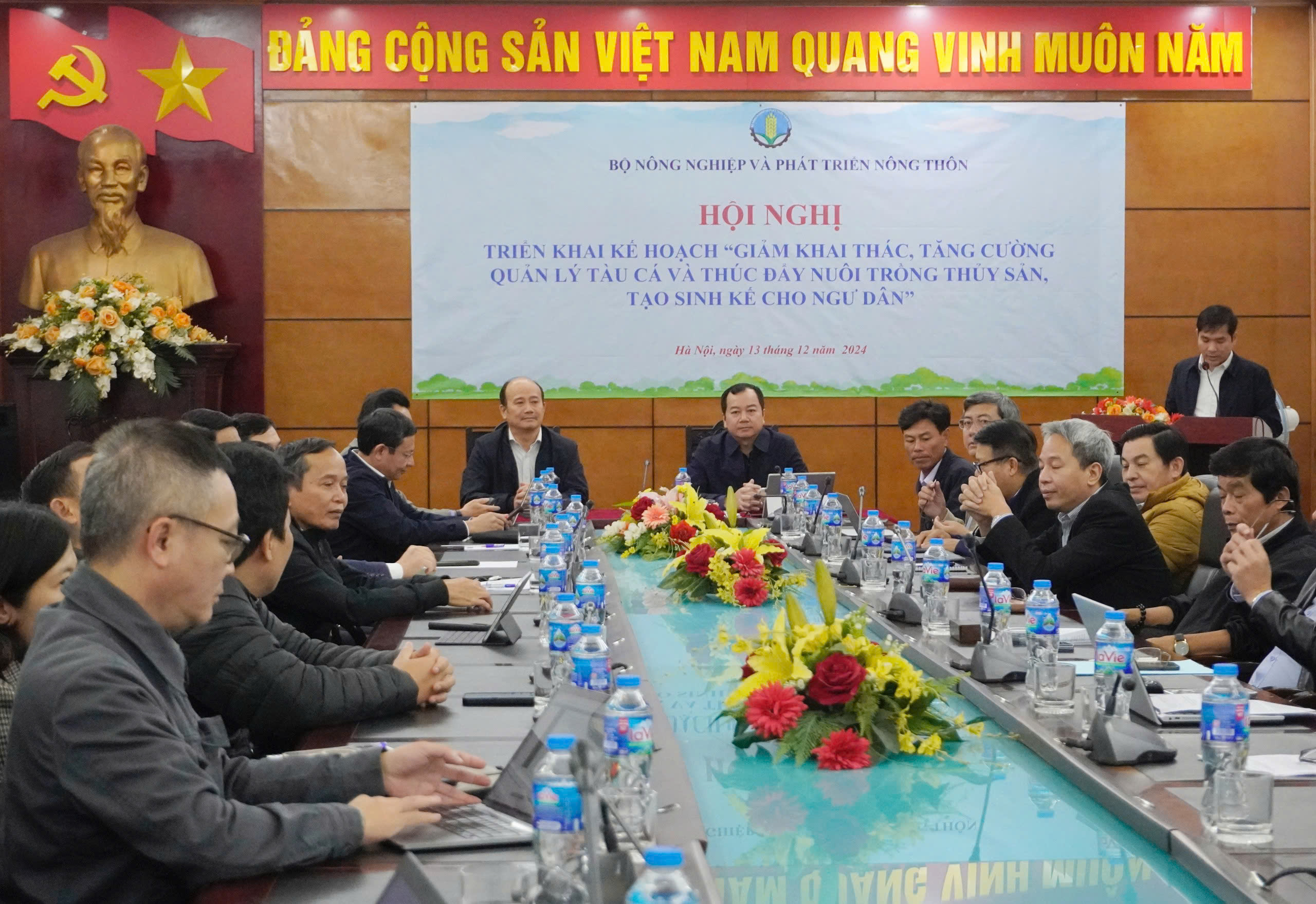
On December 13, the Department of Fisheries (Ministry of Agriculture and Rural Development) held a Conference to implement the plan "Reducing exploitation, strengthening management of fishing vessels and promoting aquaculture, creating livelihoods for fishermen". Photo: Minh Ngoc
The number of fishing vessels nationwide has decreased from 86,820 in 2020 to 84,720 in September 2024 (an average decrease of 0.6% per year). During this period, 12/28 coastal localities have a gradual decrease in the number of fishing vessels, such as: Quang Binh decreased by 2,903 vessels, Da Nang decreased by 2,685 vessels, Phu Yen decreased by 623 vessels, Quang Tri decreased by 409 vessels, Ca Mau decreased by 393 vessels... However, there are 16 localities where the number of fishing vessels still increased, such as: Binh Thuan increased by 1,831 vessels, Kien Giang increased by 1,010, Quang Nam increased by 696 vessels, Ben Tre increased by 381 vessels...
Regarding marine aquaculture, up to now, marine aquaculture has initially attracted the attention of domestic and foreign enterprises and investors participating in the industry chain. Many new and modern technologies are applied in marine aquaculture, such as: closed-circulation aquaculture technology, environmental control; industrial cage aquaculture technology.
Some career conversion models have shown positive results, attracting the attention of the fishing community and other economic and social sectors in localities such as Quang Ninh, Quang Binh, Ha Tinh, Quang Nam, Binh Dinh...
Regarding the livelihood transformation of fishing communities, localities have developed specific criteria to limit development, especially trawling. Therefore, coastal provinces and cities have effectively implemented the reduction of trawling fishing vessels with a maximum length of 15m or more, and fishing vessels with a lifespan of 15 years or more.
Co-management helps restore aquatic resources
In addition to the achieved results, the exploitation and aquaculture still face many challenges and difficulties. Mr. Le Huu Toan, Director of the Department of Agriculture and Rural Development of Kien Giang province, said that the offshore fishing fleet of Kien Giang province is lacking about 192 vessels, while the number of coastal fishing vessels is about 200 more than planned.
"If we do not resolve this issue soon to reduce the number of coastal vessels, it will affect the protection of aquatic resources because this sea area is the breeding ground for aquatic products. To reduce exploitation and increase aquaculture, we need to immediately have a policy mechanism to support fishermen to change their occupations in order to reduce the number of coastal fishing vessels and provide credit support for people to switch to investing in aquaculture," said Mr. Toan.
Mr. Huynh Quang Huy, Chairman of Binh Thuan Fisheries Association, said that tuna trawling and gillnetting are occupations that harm resources and ecosystems, so "strong" solutions are needed to reduce them.
Mr. Huy said: "Binh Thuan province, with its natural favor, is a locality with large aquatic resources and is one of the three key fishing grounds of the country. However, there was a period when Binh Thuan's sea was empty, and two-thirds of the fishermen here had to quit their jobs because aquatic resources were exhausted."
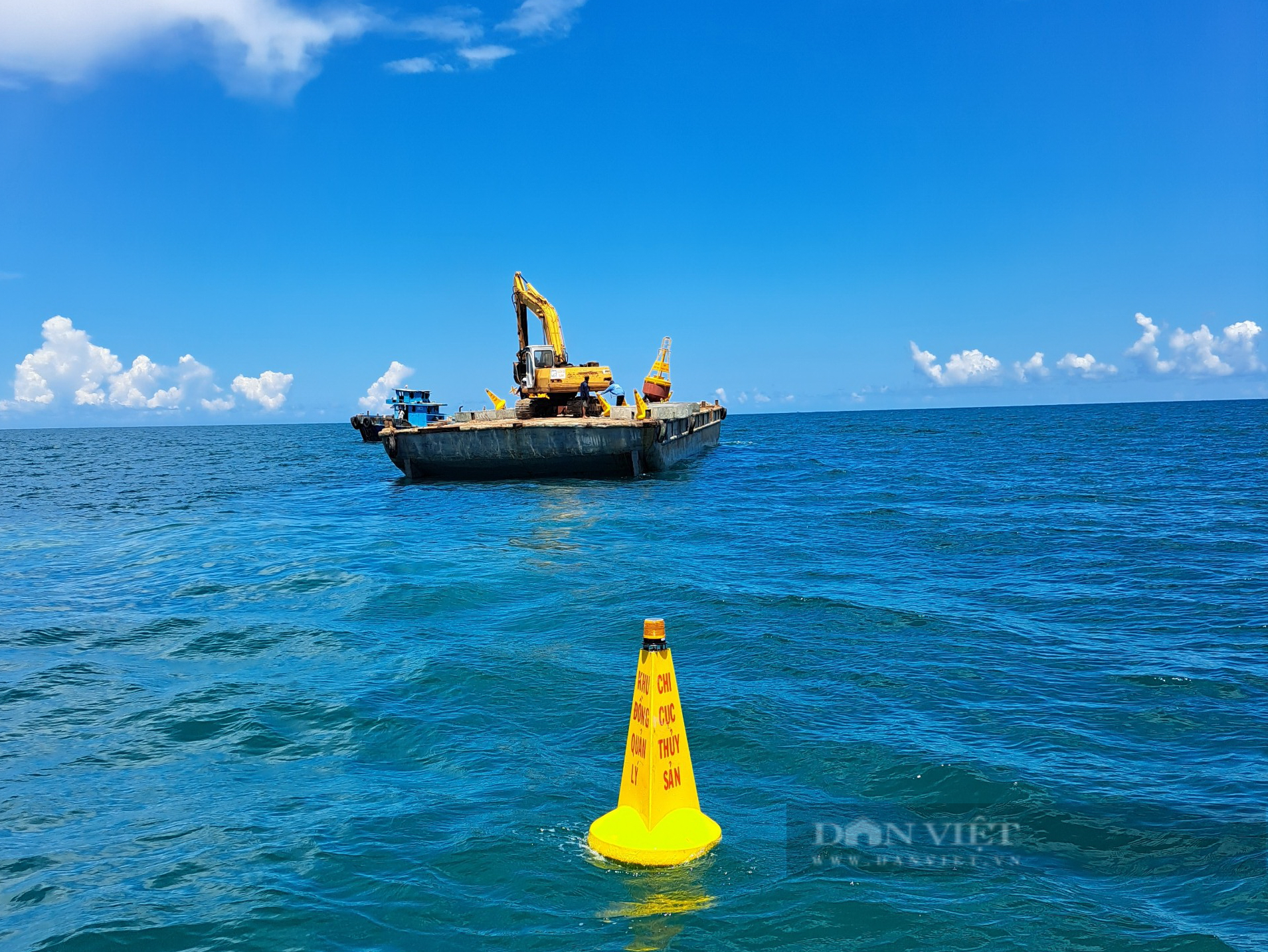
Releasing buoys to mark the sea area with "golden huts" for fish and shrimp in the Ke Ga cape sea area: Photo: Bui Phu
However, fortunately, the miracle came when Binh Thuan became the first province in the country to hand over coastal waters to the community for management, so that each fisherman could switch from exploiting to enriching the sea.
Currently, Binh Thuan province has 4 community organizations participating in co-management in protecting aquatic resources, with 562 registered households (Phuoc The; Thuan Quy; Tan Thanh and Tan Thuan). Of which, Thuan Quy, Tan Thanh and Tan Thuan communities have been recognized and assigned management rights in protecting aquatic resources according to the 2017 Fisheries Law, with a sea area of 43.4/12.38 km of coastline.
When participating in co-management, activities to protect and develop aquatic resources (preventing violations in exploitation, releasing artificial reefs, etc.), and IUU fishing activities are limited and gradually reduced; creating conditions for aquatic resources to have the opportunity to reproduce and develop. Thanks to that, the livelihoods of people from fishing activities in co-management waters have improved due to the rapid recovery of resources.
Dr. Tran Minh Hai, Vice Principal of the School of Public Policy and Rural Development, assessed that the application of the cooperative model will help promote aquaculture, management, protection and sustainable exploitation of aquatic resources, and create jobs for fishermen.
"The cooperative model is to support each other to develop, thereby providing a variety of services such as production, living, trade and services. In which, production includes management, protection, exploitation, processing and trading of aquatic products; living includes necessities; trade - services such as train ticket agents...", Mr. Hai stated his opinion.
Mr. Hai gave the example of Rang Dong Aquaculture Cooperative (Ben Tre) which is operating very effectively. Accordingly, after 23 years of operation, the Cooperative now has 1,500 hectares of aquaculture on coastal alluvial land, 500 regular workers; revenue in 2024 is expected to be 65 billion VND.
To promote the efficiency of exploitation and aquaculture in the coming time, Director of the Department of Fisheries Tran Dinh Luan said that in the coming time, it is necessary to reduce the fleet by assessing aquatic resources, determining the appropriate fleet structure for the resources of each sea area, inventorying and classifying the existing fleet, closely monitoring the output loaded and unloaded through the port...
Regarding increasing marine aquaculture, it is necessary to develop synchronous infrastructure, train skilled workers, develop product value chains and marine aquaculture markets. At the same time, it is necessary to strengthen marine conservation such as reviewing and supplementing regulations on resource protection: production quotas, prohibited species, prohibited occupations, prohibited areas... In particular, for livelihood conversion for fishermen, it is necessary to raise awareness and identify occupations suitable to local conditions.
In addition, training and coaching are needed to support career transition, and to implement models and projects to transform fishermen.
Source: https://danviet.vn/chuyen-doi-nghe-tao-sinh-ke-de-han-che-danh-bat-thuy-san-kieu-tan-diet-mot-htx-o-ben-tre-thu-65-ty-dong-2024121315362146.htm


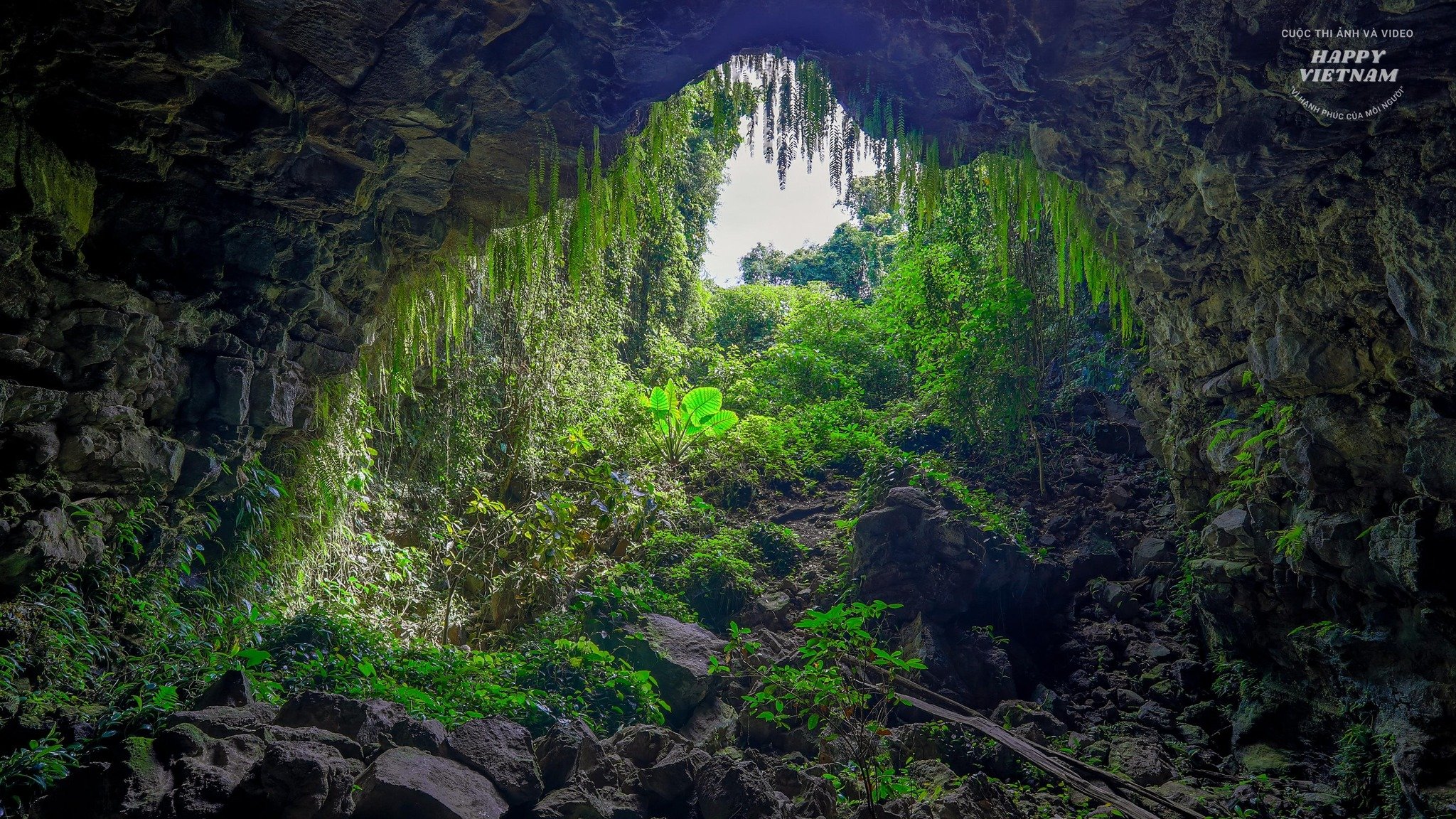
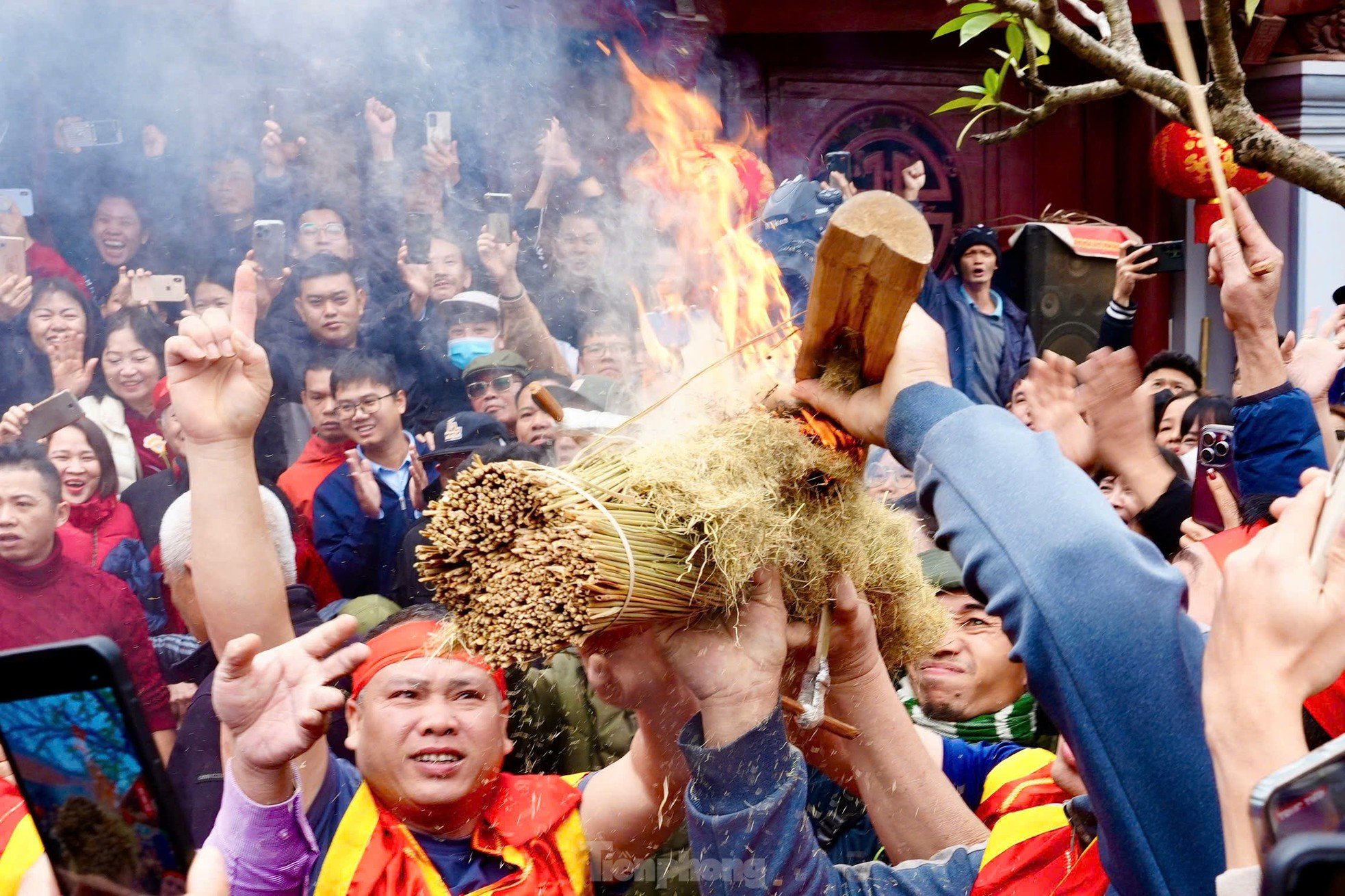

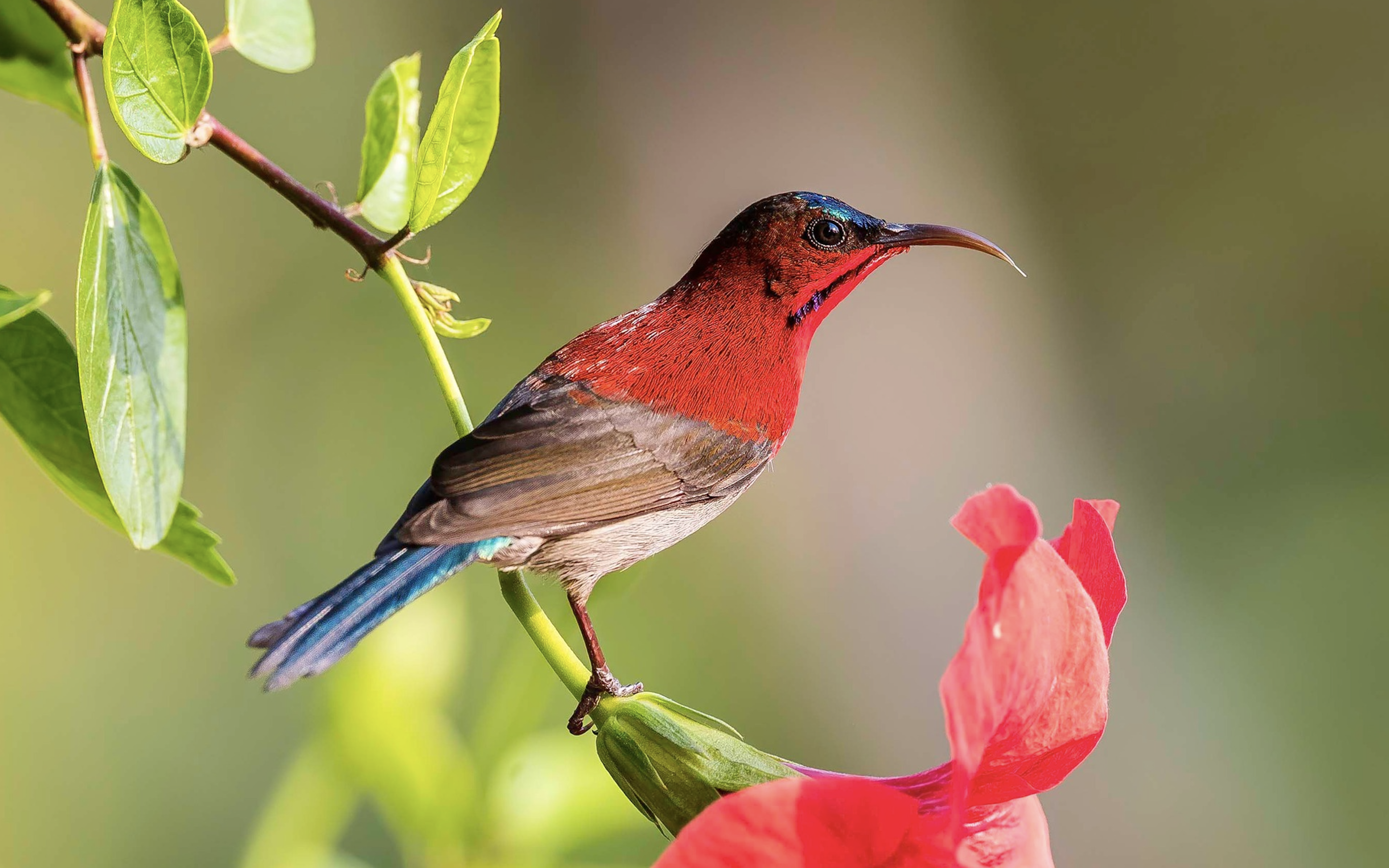
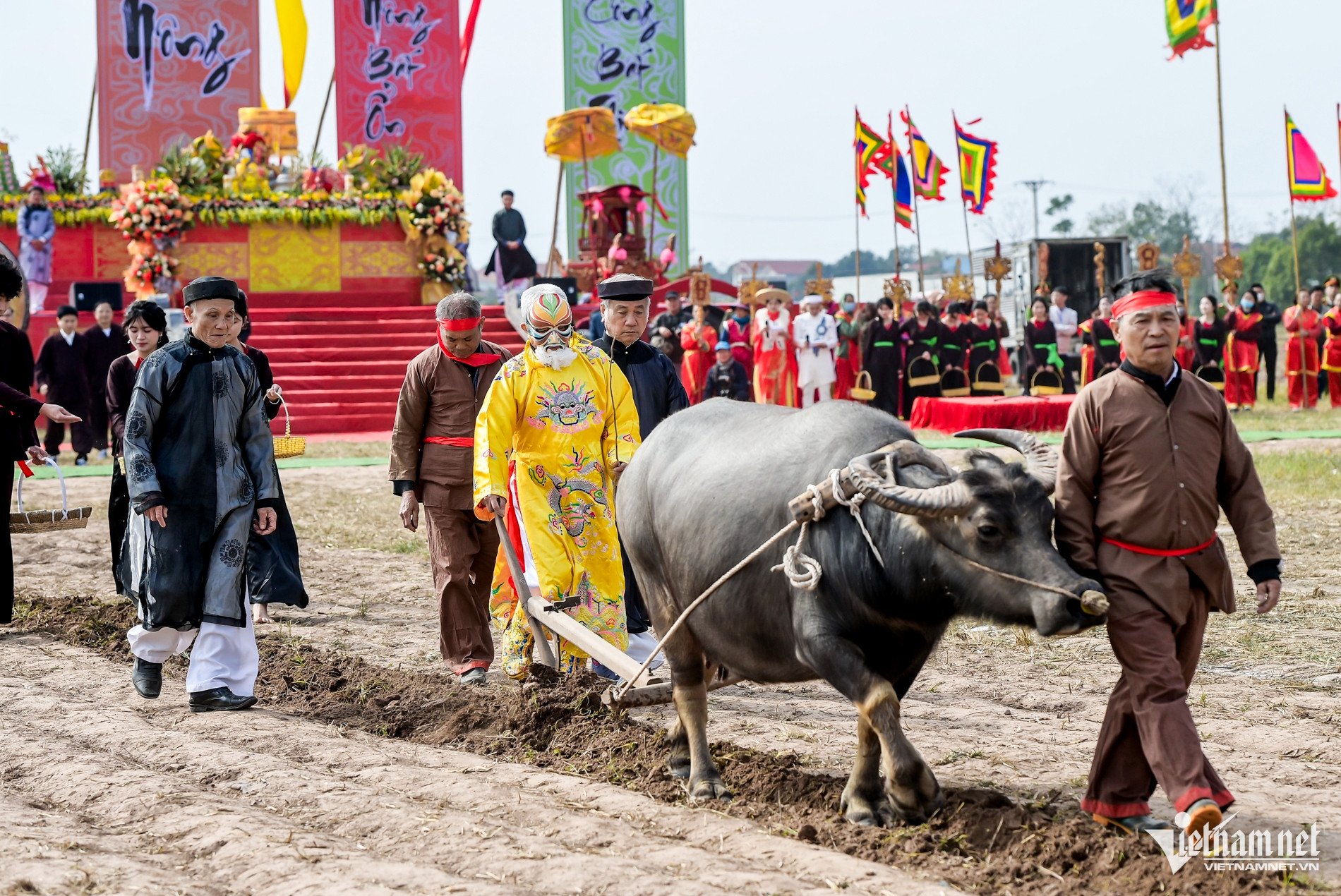
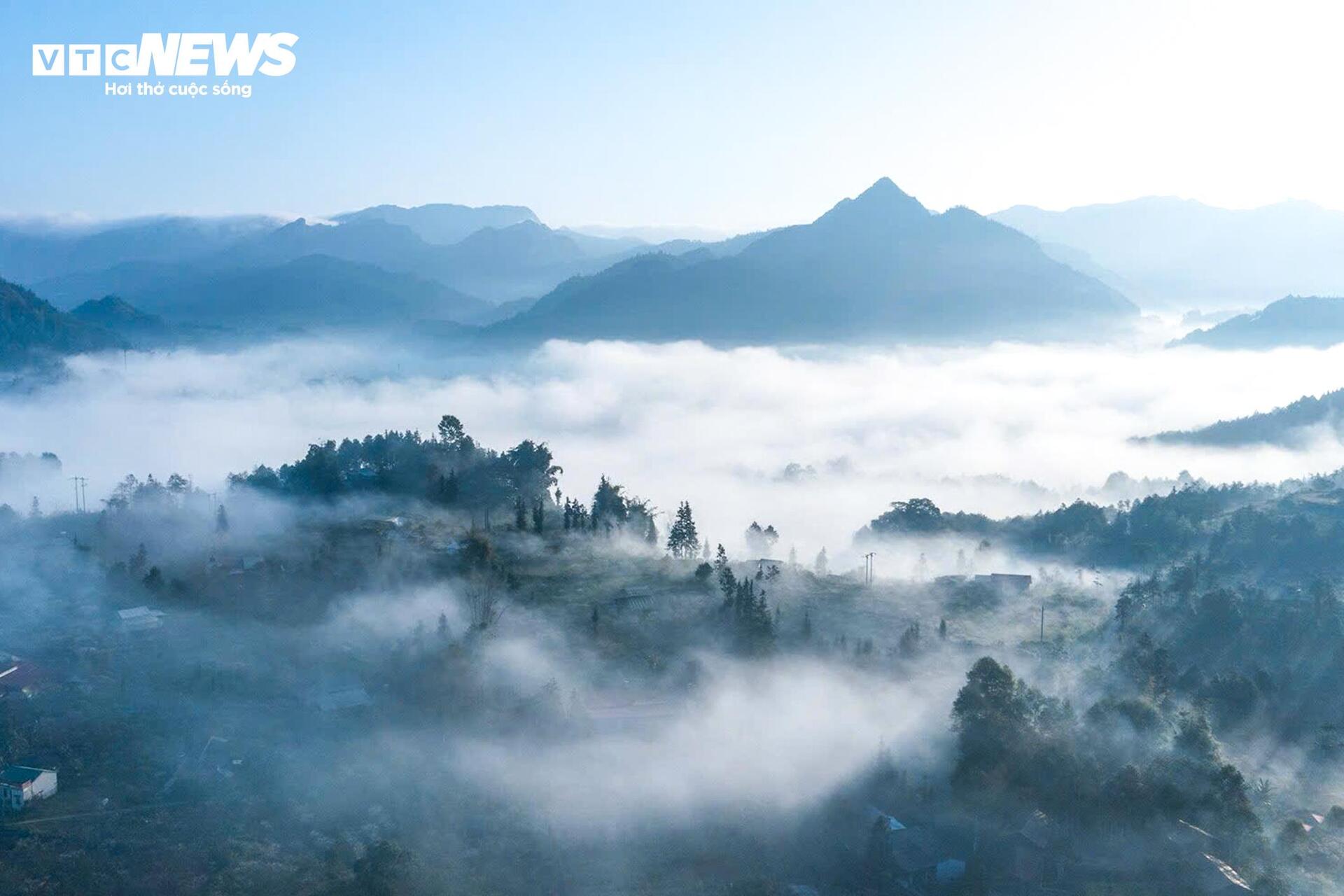
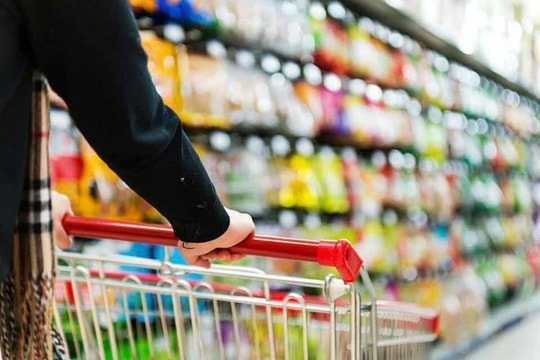
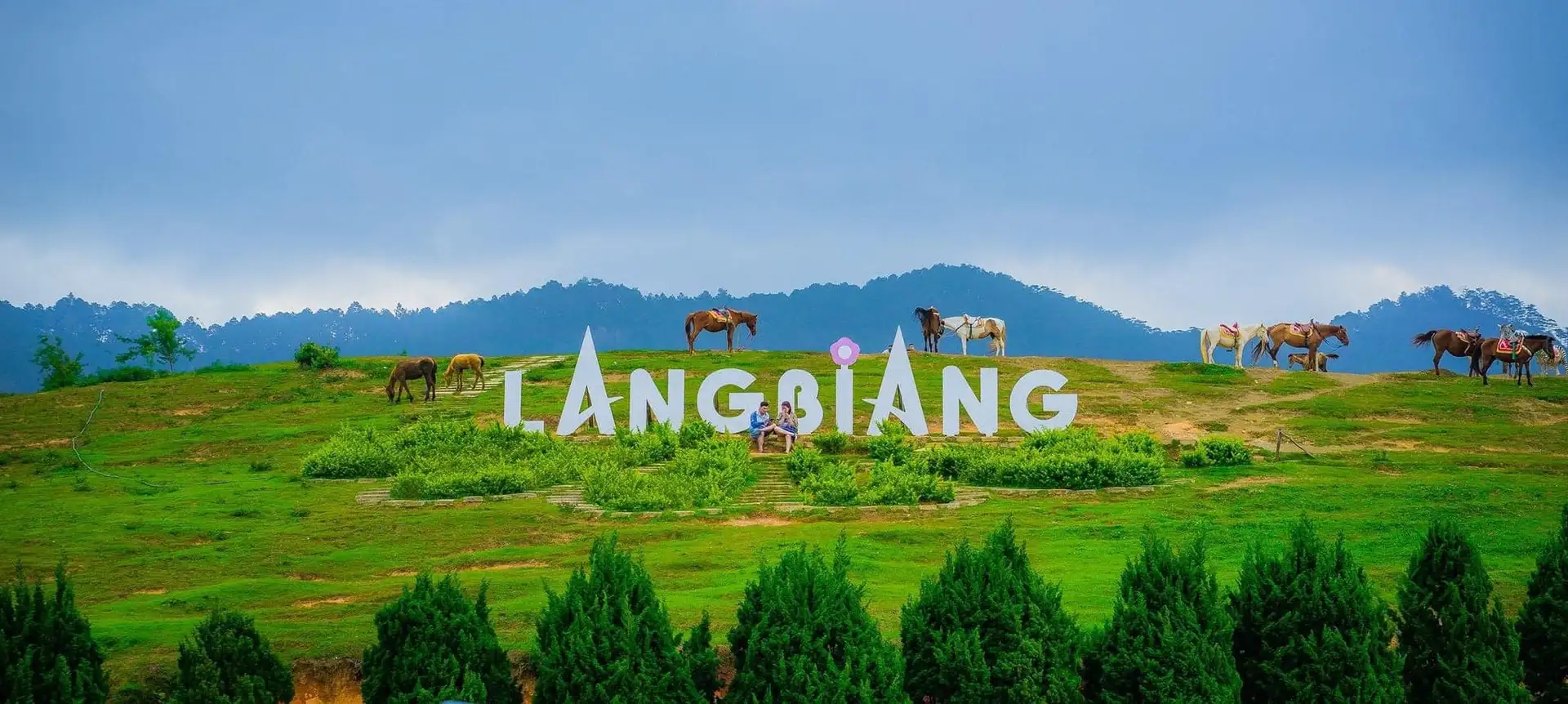














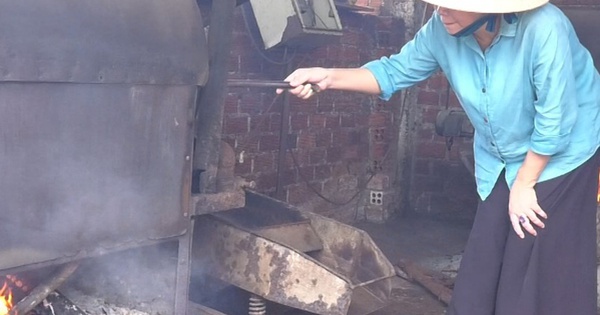
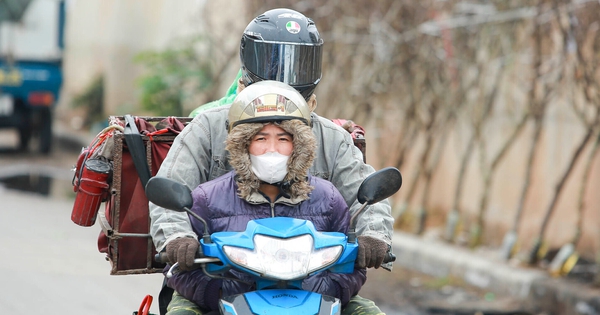
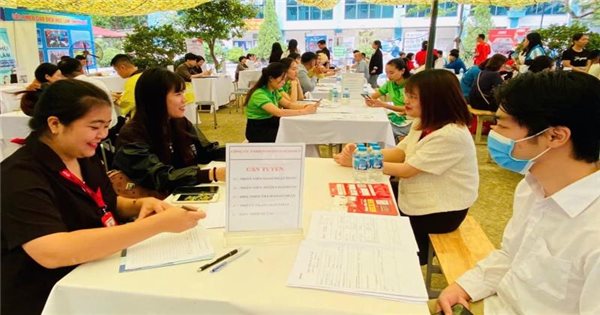

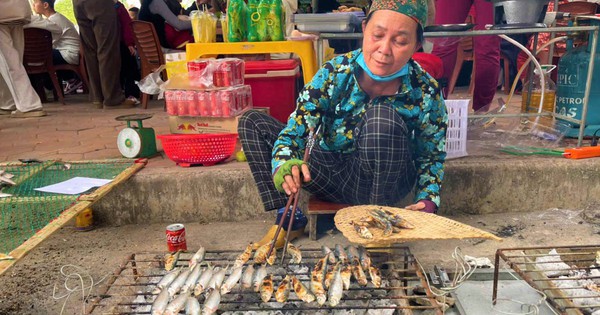
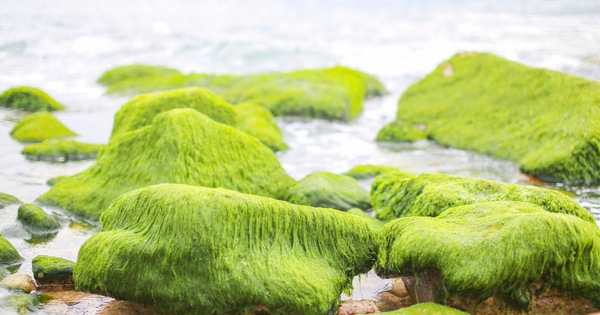
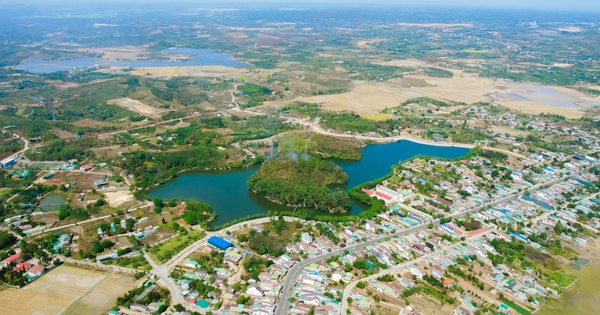


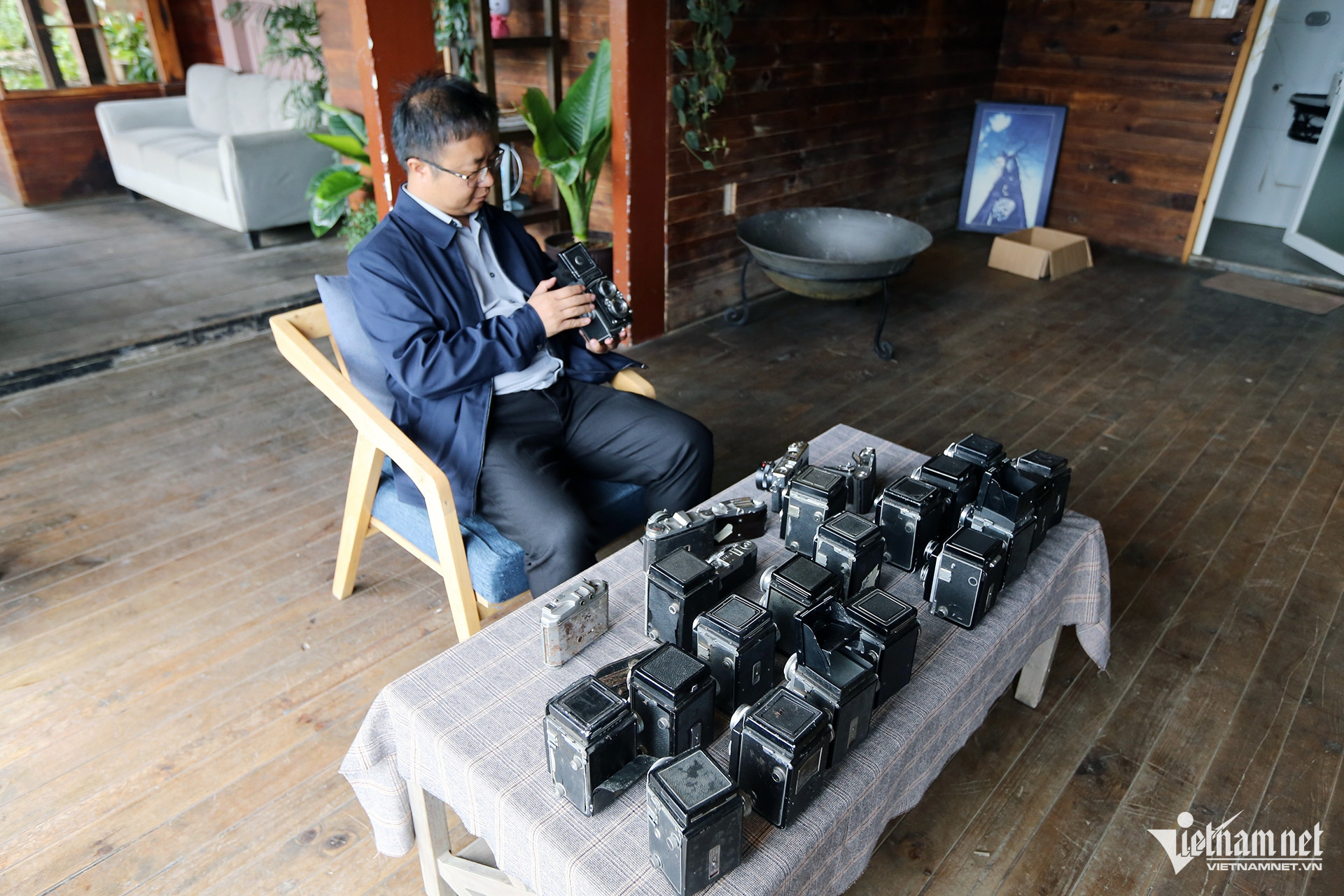







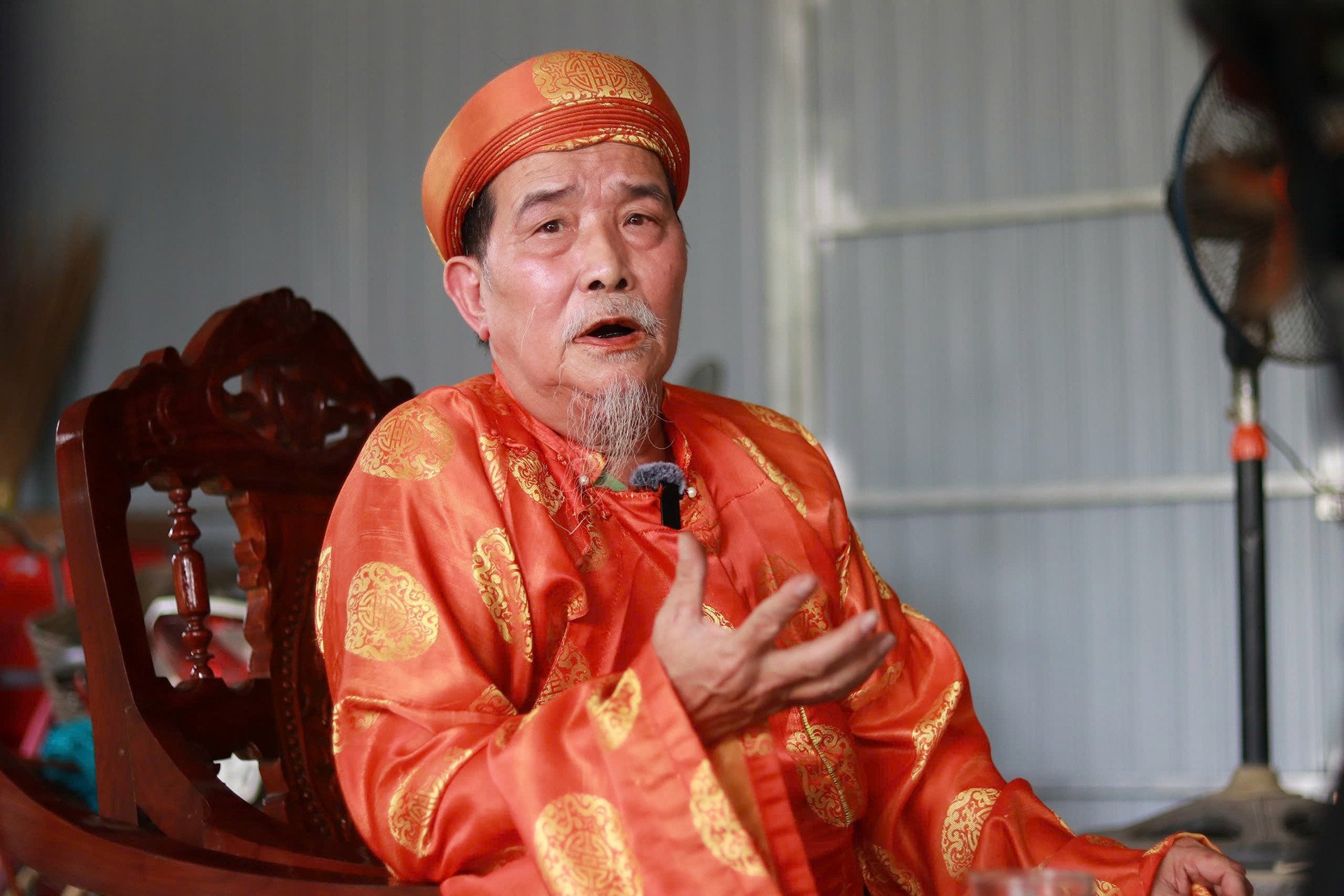
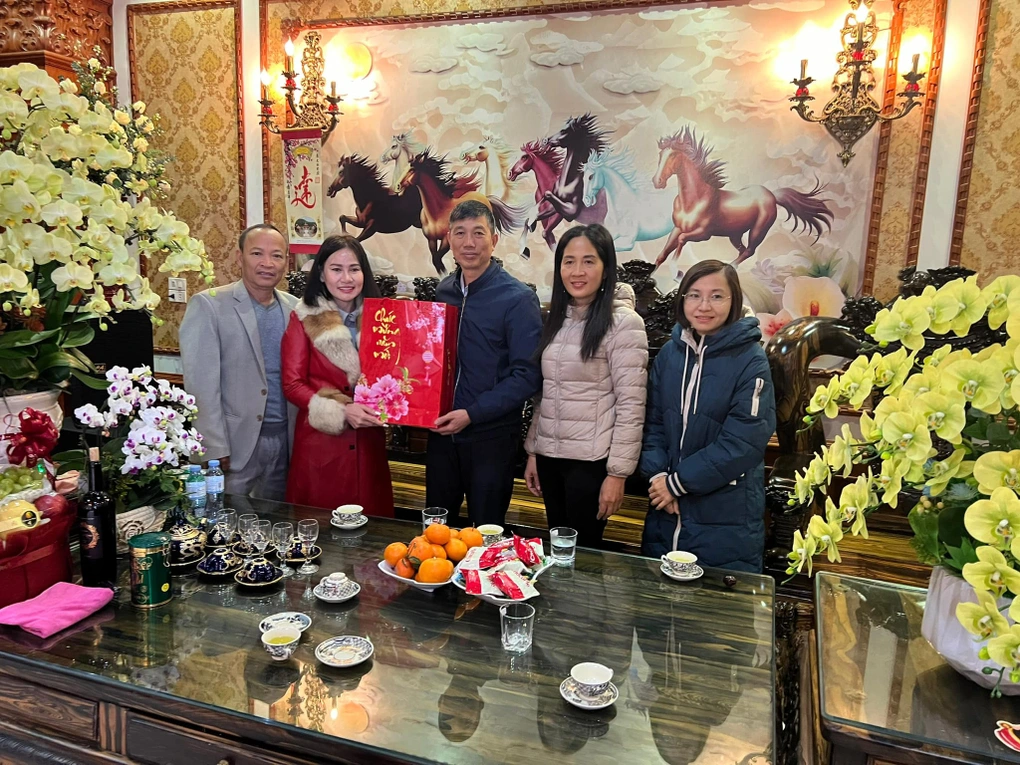





Comment (0)